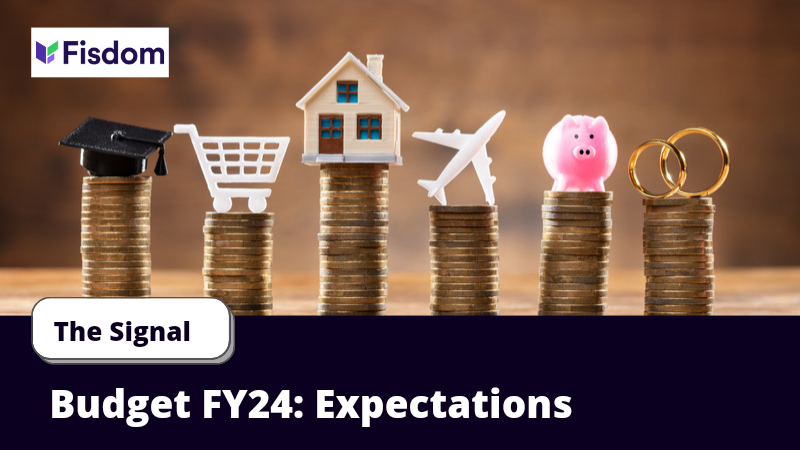

- FMCG companies experience revival in rural demand
FMCG companies have seen a revival in rural demand with improvement in volume sales of daily essentials and groceries. Reportedly, Parle Products has seen a 10 per cent growth in sales volumes of value packs of biscuits in the last 4-5 weeks, whereas, sales of small packs of premium range has grown by five per cent.
India’s villages, which contribute 35% to overall FMCG sector sales, saw growth declining from September as steep inflation of food, daily essentials and fuel and declining wages forced consumers to buy cheaper products or stop buying altogether.
- Centre’s debt to GDP ratio for FY22 lower than budgeted
The central government reined its debt at 56.29 per cent of gross domestic product (GDP) at the end of 2021-22, lower than the revised estimates (RE) of 59.9 per cent for the fiscal. The ratio turned out to be lower on two counts. Firstly, market borrowings were lower by an approximate Rs.780 billion. Secondly, the GDP grew at a faster clip than anticipated.
RBI, in its latest Financial Stability Report, raised concerns over rising consolidated debt-to-GDP ratio of the government. It feared that higher debt requirement would keep supply of government papers elevated, thereby putting upward pressure on yields. This, in turn, may crowd out the private sector from the financial resources envelope.
- Auto companies to spend more than USD 3 bn in capex in 2022-2023
Automobile companies are expected to invest more than USD 3 billion or Rs.270 billion on capital expenditure in the year 2022-23, posting a growth of 24 per cent.
The amount will be more than pre-Covid capex peak of Rs.268 billion in 2019-20. The upgrade in capex is mainly led by Mahindra & Mahindra and Tata Motors, which together increased budgets by around Rs.40 billion from the previous fiscal.
- FDI inflows in R&D sector touch USD 343.6 mn in 2021
Foreign direct investment (FDI) inflows into the research and development (R&D) sector climbed to USD 343.6 million in 2021 from USD 55.7 million in 2020, informed the Centre. In the aforementioned industry, FDI is allowed via a 100 per cent automatic route, subject to any applicable laws, regulations, security requirements and other restrictions.
FDI infuses long-term sustainable capital in the economy and contributes towards technology transfer, development of strategic sectors, greater innovation, competition and employment creation, among others.
- FII outflow fall to USD 711 mn in May 2022
India witnessed net foreign investment inflows of USD 711 million in May 2022, as compared to net inflows of USD 801 million in the preceding month. Net inflows of foreign direct investment (FDI) inched down to USD 4.92 billion from USD 4.96 billion in April 2022.
Foreign portfolio investments (FPI) continued to see outflows. The outflows in May 2022 at USD 4.2 billion were almost the same as that seen in April 2022. During April-May 2022, net foreign investment inflows amounted to USD 1.5 billion, with net FDI inflows of USD 9.9 billion and net FPI outflows of USD 8.4 billion.



























